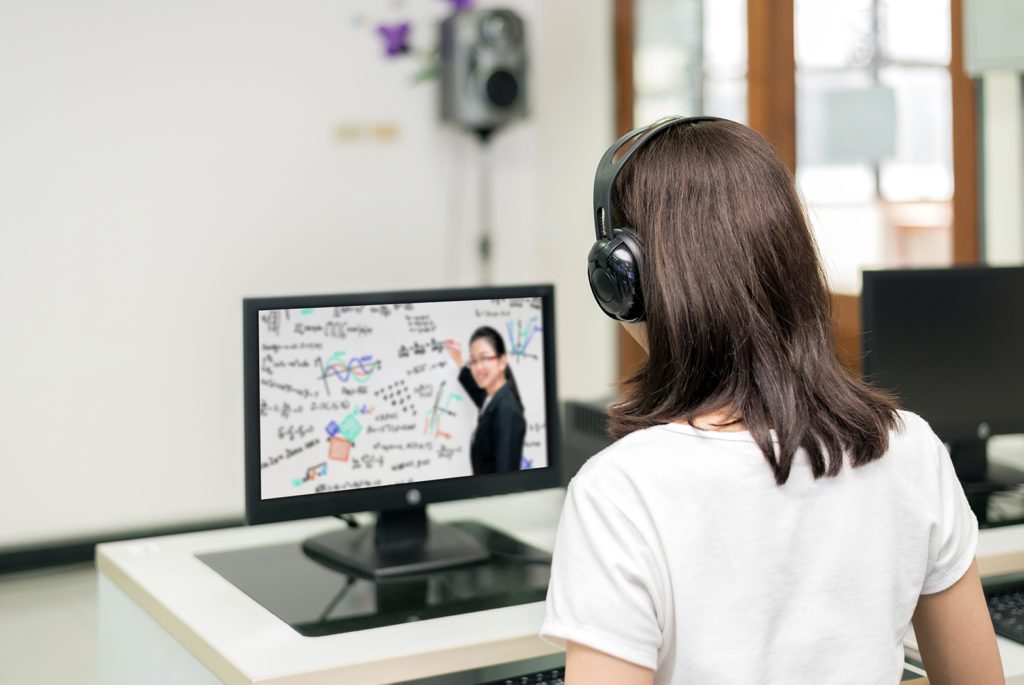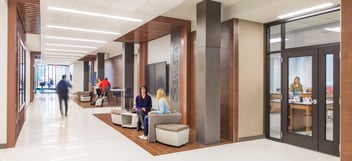
COVID-19 is transforming many aspects of life, and higher education is no exception. As crisis-driven "experiments" begin launching, we should be collecting dat and paying attention to the affect on higher education's business model and the accessibility of quality higher education to discover when and how our designs should pivot.
Do students really need a campus?
To best answer this question, you'll need an understanding of which parts of the campus can be substituted, which parts can be supplemented, and which parts can be complemented by digital technologies. In theory, courses that require little personalization and/or human interaction could be recorded as multi-media presentations, then watched by students at their own speed. Technology can deliver the content to an infinitely large audience at low cost while maintaining a proper social distance. Will it really be possible to shift to a hybrid model? we're about to find out. It ins't just the students who are taking classes remotely, even the instructors are now forced to teach those classes from their homes. If remote experiments prove successful, there may turn out to be less students in any one classroom at a time. If this trend is sustained, it could present an interesting opportunity for architects and designers to get creative with how our colleges look and function.
What do students and faculty want?
There is a rather stark divide here. Not all faculty members are comfortable with virtual classrooms and there are many who are not yet proficient in even basic audio--visual equipment. As students across the nation enter online classrooms in the coming weeks, they're going to learn that many professors are not trained to design multimedia presentations, with elaborate notations and graphics. College and universities will need to use this moment to assess what training is needed to provide a smooth experience. Students also face a number of issues with online classes; they can feel as they don't belong to a peer group, which in real life instills a sense of competition, motivating all to excel. In addition, anything done online will reduce students' attention span due to the effortless accessibility to social media and other digital content while attending online classes.
the enormous experiment
The ongoing coronavirus pandemic has forced a global experiment that could highlight the differences between, and cost-benefit trade off of, the suite of services offered by a college and the ultra low-cost education of virtual learning. Until now, face-to-face higher education has stood the test of time. However, the current experiment just might show that "typical" college education can no longer be done the way it always has been. How we experiment, test, record, and understand our responses to it now will determine whether and how online education develops as an opportunity for the future.



